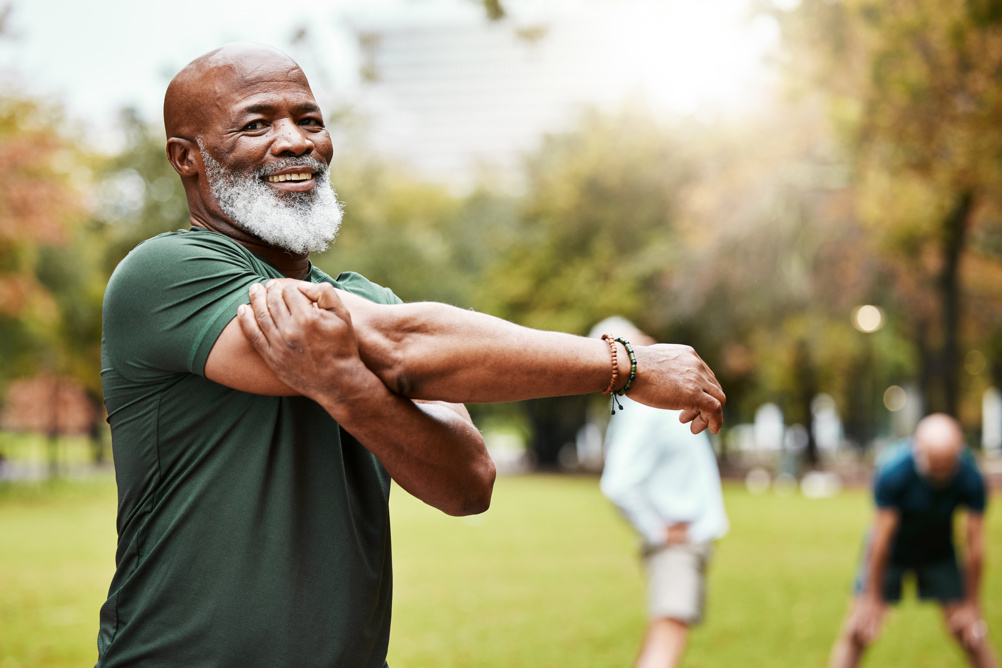
Structured exercise could increase the chances of survival for colon cancer patients. A new trial study ‘CO21 CHALLENGE’ supported by Cancer Research UK found that stage 2-3 colon cancer patients who engaged in regular, supported exercise after they had completed their treatment, had a lower mortality rate than those that didn’t. The trial found that after eight years post-treatment, 90% of patients that exercised weekly with a trainer were still alive, compared to the 83% who only received standard exercise and welfare booklets.
- New five-minute cancer jab could treat 15 cancers
- Government on a ‘mission to drive down waiting times’ as 80,000 receive faster cancer diagnosis
- Record numbers of early-stage cancers diagnosed, as ‘more cancers than ever’ are being detected
‘During the trial, we supported people to reach their weekly exercise target in a way that worked for them. This could be a brisk walk for around 40 minutes every day, but some patients were also doing circuit classes, cycling, swimming, and many other activities,’ said Professor Vicky Coyle from the University of Belfast, who led the research. ‘Our study gives clear, encouraging evidence that physical activity can reduce the risk of cancer returning for some people with colon cancer.’
The research resulted in a potential drug-free intervention to prevent the recurrence of colon-cancer. The trial found that the extra support of a trainer, and tailoring the exercise routines to fit the patient with achievable goals contributed to their wellbeing. Policymakers are therefore urging healthcare providers to incorporate tailored exercise into recovery plans.
‘These exciting findings add to the growing evidence of the benefits of physical activity for people affected by cancer, not just in helping them be fitter for treatment and boosting their immediate recovery, but reducing the risk of the disease coming back,’ said Professor Peter Johnson, NHS National Clinical Director for Cancer. ‘This is why we’ve asked Cancer Alliances across the country to look at ways to encourage and support patients to do physical activity and ensure every healthcare professional they see can help them be in the best possible place – both physically and mentally – before, during and after treatment.’
